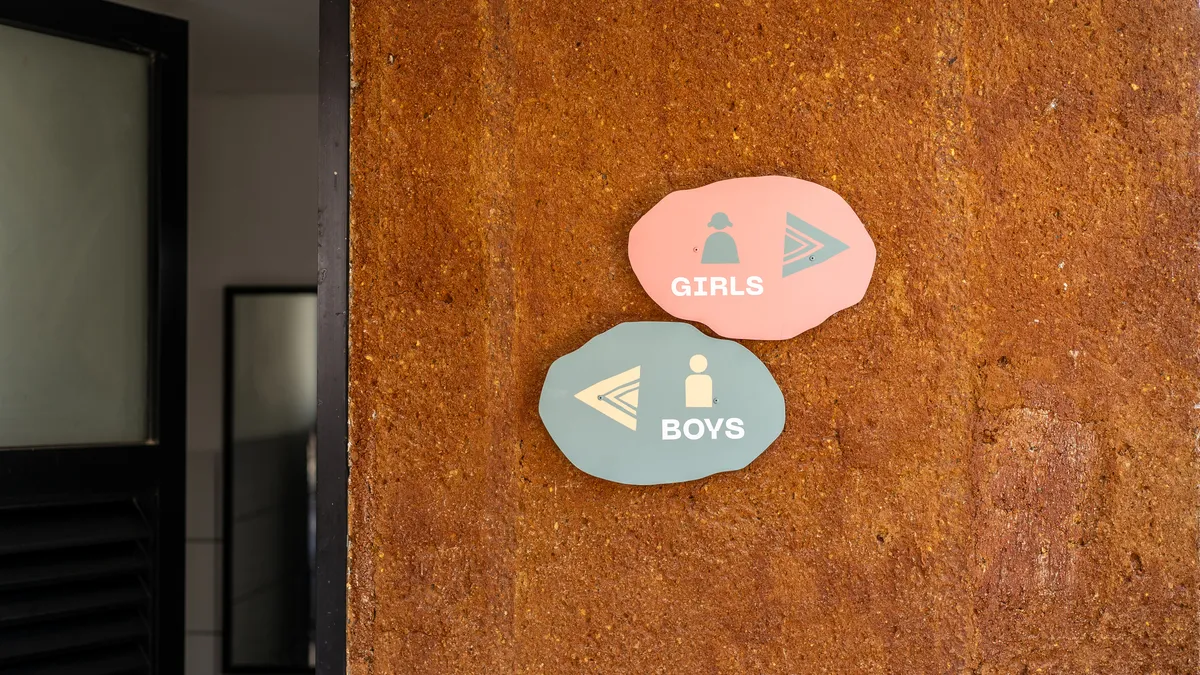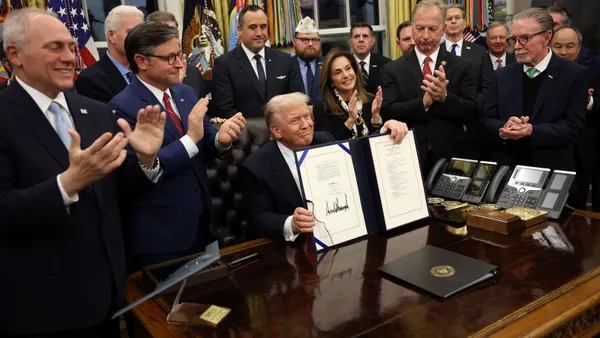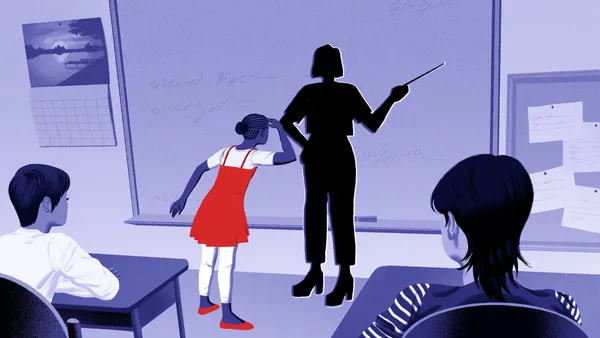Dive Brief:
- The majority of states or territories — 37 — need assistance for meeting special education targets for students ages 3-21, annual accountability ratings released Friday by the U.S. Department of Education show.
- Only 19 states and the Republic of the Marshall Islands meet requirements, and two educational entities, the Bureau of Indian Education and the District of Columbia, need intervention. No state, territory or education entity had the lowest rating that would need substantial intervention.
- As more students with disabilities are qualifying for special education services, the state and district accountability system plays a critical role in ensuring schools are meeting students' needs. The accountability measurements gauge both compliance with federal rules and progress in improving student outcomes such as graduation rates and participation in inclusive classrooms.
Dive Insight:
The most recent accountability ratings analyzed states' progress in implementing the requirements of the Individuals with Disabilities Education Act in federal fiscal year 2023. The accountability system also accounts for improvements to student outcomes.
The analysis is based on data from FFY 23 or for two or more prior consecutive years. Likewise, states are required to make district-level IDEA determinations under the same measurement system.
For states that received a “needs assistance” rating for two or more consecutive years, the Education Department must take one or more enforcement actions that include requiring states to access technical assistance, labeling the state as a high-risk grantee, or directing the use of state set-aside funds to areas in need of improvement.
The Advocacy Institute, a nonprofit organization that tracks IDEA state determinations, said that just six states have met IDEA requirements each year from 2014 to 2025. Those states are Kansas, Massachusetts, Minnesota, Missouri, Pennsylvania and Wisconsin.
The Education Department also released state determinations for IDEA, Part C, which are for services for infants and toddlers. Under that program, 30 states and the District of Columbia were rated as meeting requirements. Twenty-one states, territories and outlying areas had a needs assistance rating for one, two or more consecutive years. Just four states — Arkansas, California, Hawaii and Nevada — were labeled as needing intervention.
Additionally, the Education Department plans to prioritize funding for a technical assistance center to help states collect, report and determine how to best analyze and use their IDEA data. This would include improving the integration of program data for services to infants, toddlers, and young children with disabilities. State participation for technical assistance in this program would be voluntary.














